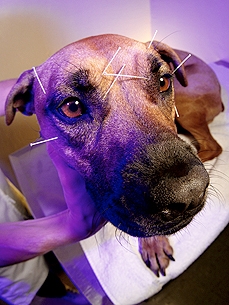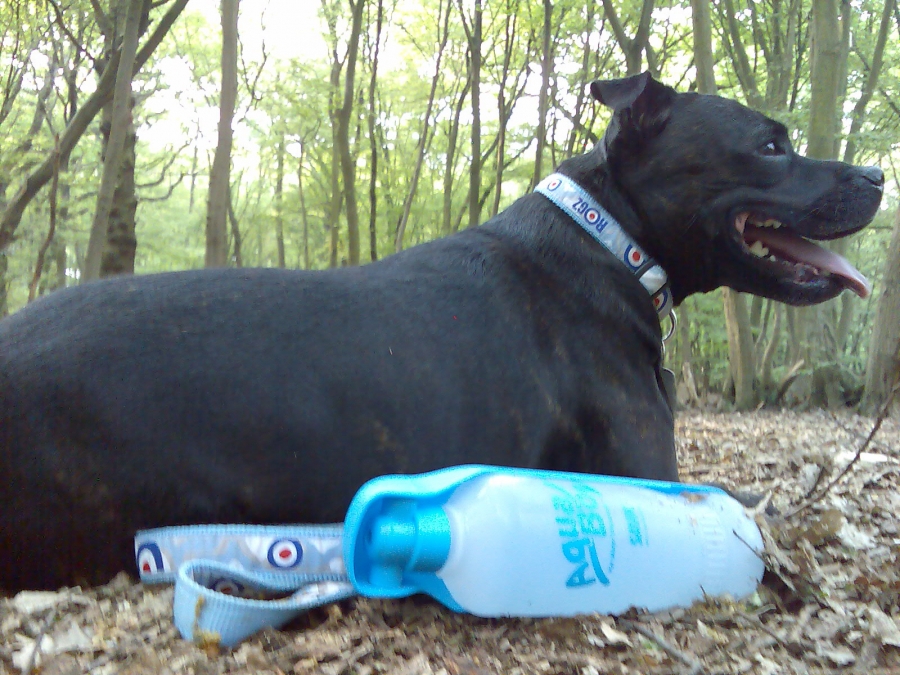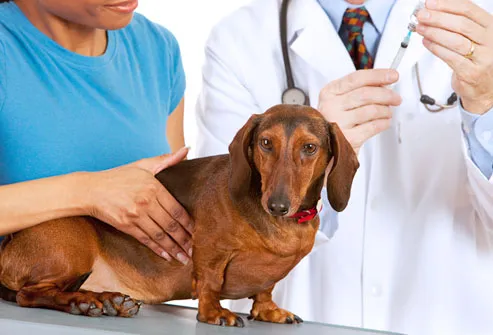Who doesn't enjoy the feeling of a "fresh start"? Refocusing on the new year brings hope and resolve to live better in the New Year. Here are some ideas to help enhance you and your pet's health and add some fun to your lives as well.
1) Exercise Regular exercise has the obvious health benefits, but it also is a great time to bond with our pets. A simple daily walk helps a dog learn proper manners, provides some good quality time, and does wonders for the human counterpart, too! Keeping pets at the proper body weight reduces the risk of heart and joint problems, diabetes, and a host of other poor health conditions.
2) Health Check Up A regular visit to your veterinarian is the best way to stay ahead of potential problems. Annual or biannual examinations of teeth, heart/lungs, and body condition overall will be less costly than waiting for a problem to develop. Having a good "baseline" of information about your pet also gives your veterinarian something to compare against which helps determine more quickly exactly what is wrong with your pet.
3) Good Nutrition Like humans, pets who eat poor quality food just don't have the health reserves that those that eat a good balanced diet do. Poor skin, hair coat, muscle tone, and obesity problems can be a result of a poor diet. Also, pets are not humans -- a diet rich in table scraps is not a healthy one, and can lead to problems such as obesity and pancreatitis.
4) Safety Keeping pets safe is something most pet owners take for granted. However, take a moment to assess the toxic chemicals used in your house and yard. If toxins such as rodent poisons are used, can your pet access the rodents? Think about enclosures for pets -- is the fencing secure? Can your pet get caught or hooked up on the fence, a tree, etc. and choke or be stuck out in the weather when you are away?
5) Information Being informed is the best way to keep track of our pet's health and well being. If possible, keep a medical log of your pet's vet visits, medications, special needs, etc. to help track your pet's medical history. Knowing what is normal and not normal for your particular pet will assist your veterinarian in helping to figure out what is wrong in the case of illness.
The Internet is a wealth of information, but caution is advised when seeking out a diagnosis or medical assistance via the web. Just as in real life, there is good information and bad information out there. The only way to get an answer/diagnosis is through a thorough physical examination, review of medical history, and possible lab work performed by your veterinarian.
6) Volunteer There are thousands of animals in need of help each day. This concept can be overwhelming for many people. Every little bit helps, though. Financial donations, donations of supplies or your time to a local shelter or rescue group is always appreciated and real live animals are being helped by your generosity.
 7) Be a Voice
7) Be a Voice Speak up when you notice neglected or abused pets in your neighborhood. This isn't pleasant but if you can help even one animal escape a painful life, it is worth it. Shelters and rescue groups will thank you and most will accept an anonymous tip to help animals in need.
Resolutions may not be easy but they help us live better and more fulfilling lives in the long run. Good luck in 2013!
http://vetmedicine.about.com/od/pethealthinsurance/a/NewYearRes_2.htm




+headshot.jpg)

















